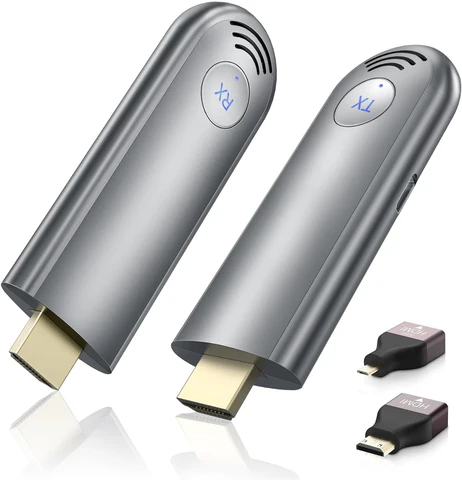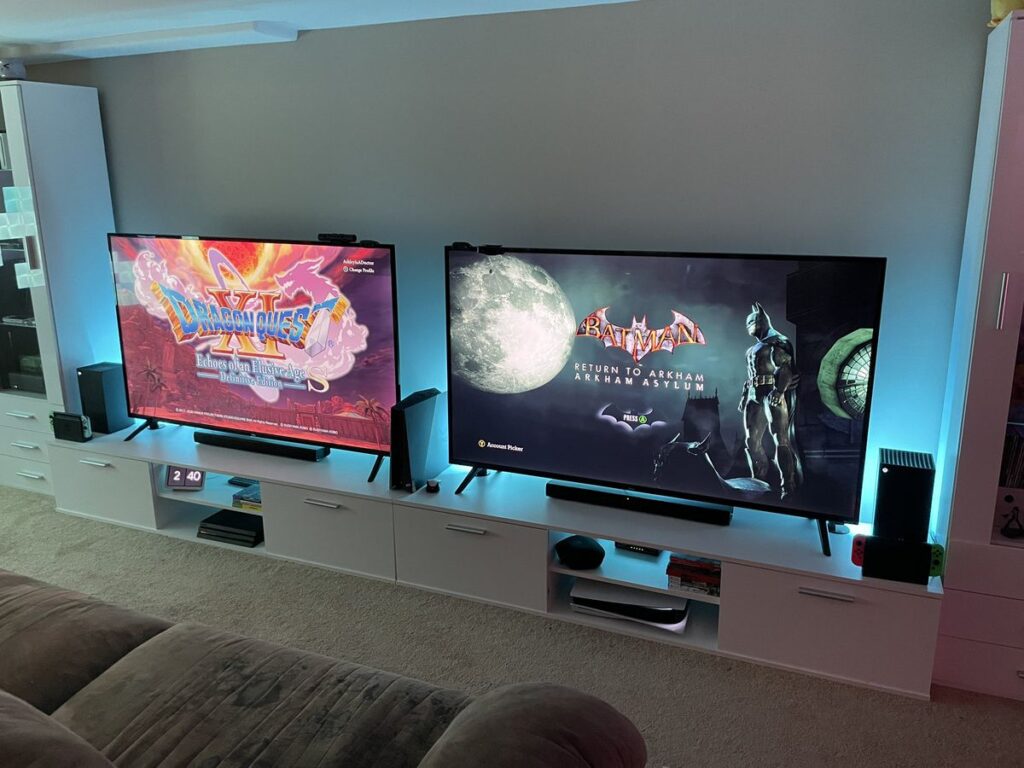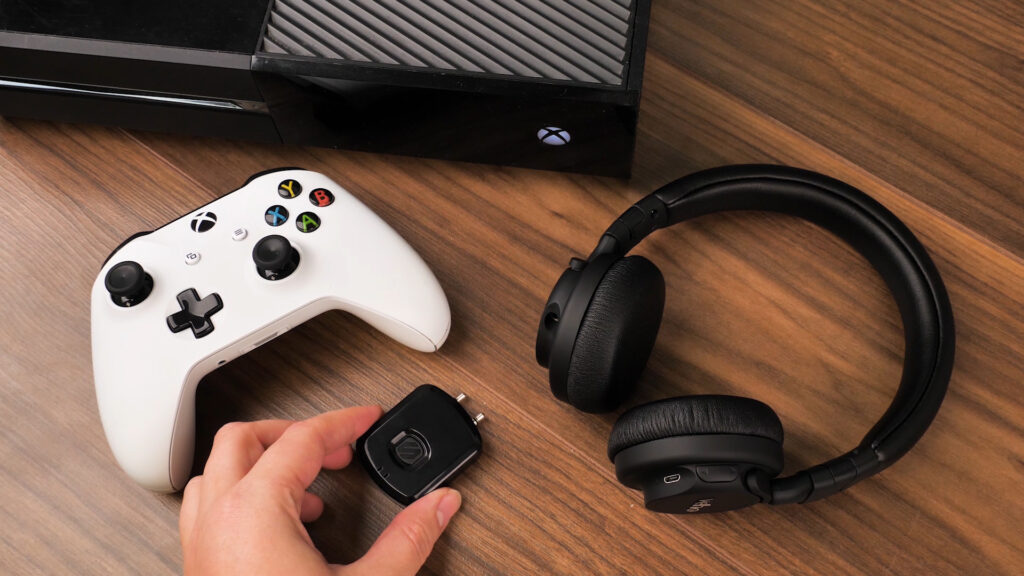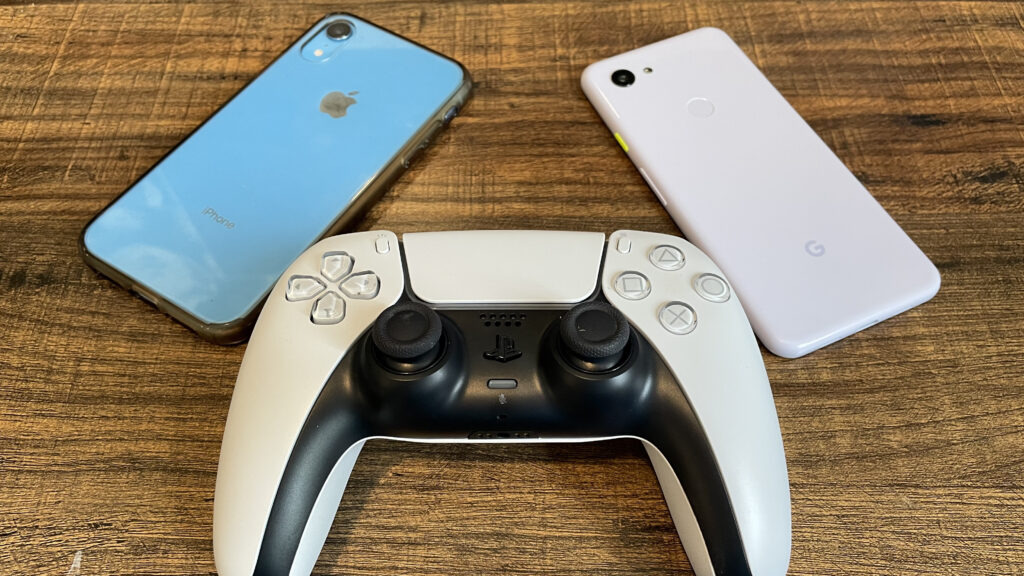Among many utilities for connecting 2 TVs together, the major one is streaming content on both screens. Just because your TVs are fixed into the wall and your friends cannot find enough space in your room, you need not buy any additional tech to enable the sharing of content on both TVs.
Thankfully, connecting 2 TVs together isn’t as daunting as it seems to be. I observed that most users get stuck at a point where they lose the splitter or cannot find one to buy. Basically, a splitter allows you to split the output equally between the two devices. In our case, these are 2 TVs. However, the reality is that there are a lot more ways to connect 2 TVs together without a splitter.
To do your job of connecting 2 TVs together, I have created this guide which will take you through easy steps. I have seen multiple guides on the internet, however, most of them seem too technical for beginners. Therefore, this guide is going to be absolutely beginner-friendly. Read it till the end to know more.
How to Connect 2 TVs Together Without Splitter?
Here is the list of 2 most effective methods to connect 2 TVs together without splitter:
Method 1: Wireless HDMI Transmitter
Method 2: Screen Mirroring
Also, read How To Connect Switch To TV? Step By Step Guide
Here are the detailed steps for each method:
Method 1: How to Connect 2 TVs Together Using Wireless HDMI System?

To use this method, both your TVs must support HDMI input and output. In addition to that, you will require a HDMI Wireless system. That may sound fancy but it’s just two HDMI connectors that can be bought from Amazon or any offline store. You can easily get it for around $100. Once you arrange it, follow these steps:
Note: Each wireless connector will have a branding of “TX” and ”RX.” TX stands for the transmitter and RX stands for the receiver.
Step 1: Connect Main TV with the Wireless HDMI System
Insert the Transmitter (TX) into the HDMI-out port of the main TV which will be used to stream and broadcast the content. Once inserted, connect the USB cable (shipped with the package) to the transmitter to turn it on.
Step 2: Connect Second TV with the Wireless HDMI System
Insert the Receiver (RX) into the HDMI-in port of your TV which will be used to duplicate the content that is shared by the main TV. Once inserted, connect the USB cable with the transmitter to turn it on.
Step 3: Change TV Input Source to HDMI
After inserting TX and RX, turn on both TVs and go to Settings > Input Source > HDMI. Ensure that you select the same HDMI port as used on each TV. You can check the labeling below the HDMI port – whether it is HDMI-1, HDMI-in, etc.
Step 4: Display Same Content on 2 TVs
After selecting the HDMI as the input source, both TVs will get connected and the content will be duplicated on the second TV. In case it does not happen with you, recheck and ensure you have followed each step. Most users select the incorrect HDMI port in step 3 due to which, the method fails for them.
Therefore, make sure you select the correct input source. After following Step-4, your 2 TVs will get connected Without a Splitter.
Also, read How to Connect Roku TV to Wi-Fi Without Remote?
Method 2: How to Connect 2 TVs Together Using Smart TV Apps and Screen Mirroring?
This method is suitable for TVs equipped with screen mirroring features. If you are sure that your TVs fall in this category, then go ahead and read the steps:
Step 1: Connect Both TVs and Phone to the Same Wi-Fi Network
Connect both the TVs as well as your phone to the same Wi-Fi network to ensure that mirroring works perfectly.
Step 2: Enable Screen Mirroring Option on Smart TVs:
Go to Settings > Input Source > Screen Mirroring / Android/iOS and select the last option to ensure that your TV is ready to mirror your phone’s screen.
Step 3: Enable Screen Mirroring Option on your Phone:
Depending on the phone – Android or iPhone, head to Setting and search for “mirroring.” Open Screen mirroring option and play connect to mirror your phone’s screen to both TVs simultaneously.
After following step 3, you can connect both TVs together without splitter to play the same content simultaneously.
How to Connect 2 TVs Together Without Splitter? – Troubleshooting Common Issues
If you notice a delay or sync issues between the two TVs, try the following:
1. Check Connections:
Ensure all cables are securely connected.
2. Update Firmware:
Ensure your source device and TVs have the latest firmware updates.
3. Check for Interference:
Ensure there are no devices nearby that could interfere with the signal.
4. Restart Devices:
Power cycle your source device, transmitter, and receivers.
5. Check Network Settings:
Ensure all devices are on the same network and have a strong signal.
6. Update Software: Make sure all devices have the latest software or firmware updates.
Also, read How to Connect a Roku Remote to TV | Step By Step Guide
Conclusion
Connecting two TVs together without a splitter may require a bit of effort and the right equipment, but it’s definitely easy and quick with the methods presented in this guide. You may find a lot more methods on the internet but honestly, those either involve technical knowledge or involve a complex process. Each method listed in this guide offers unique advantages, and most importantly these are effective.
If you face any issues during the connection process and are unable to solve them after following the troubleshooting guide, then let me know in the comments. I will help you out.
Frequently Asked Questions
1. How to Connect 2 TVs Together Without Splitter?
Here is the list of 2 most effective methods to connect 2 TVs together without splitter:
Method 1: Wireless HDMI Transmitter
Method 2: Screen Mirroring
Each method is discussed in detail in this guide.
2. Can smart TVs do split screen?
It depends on the model of your TV. Check the user manual for more details.


